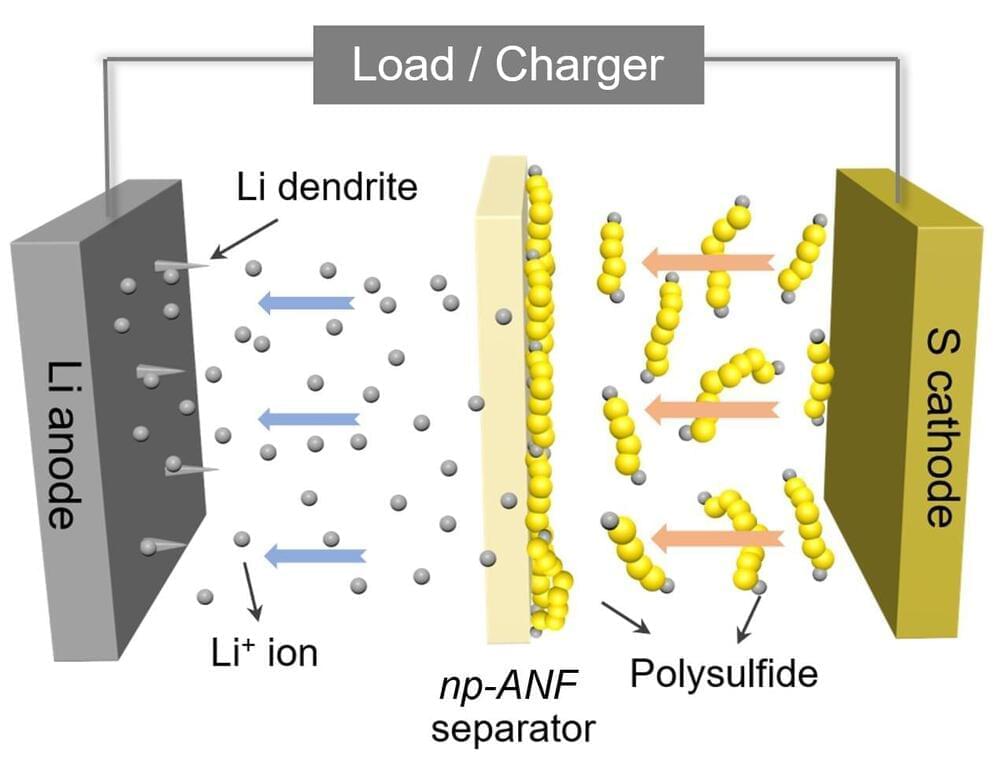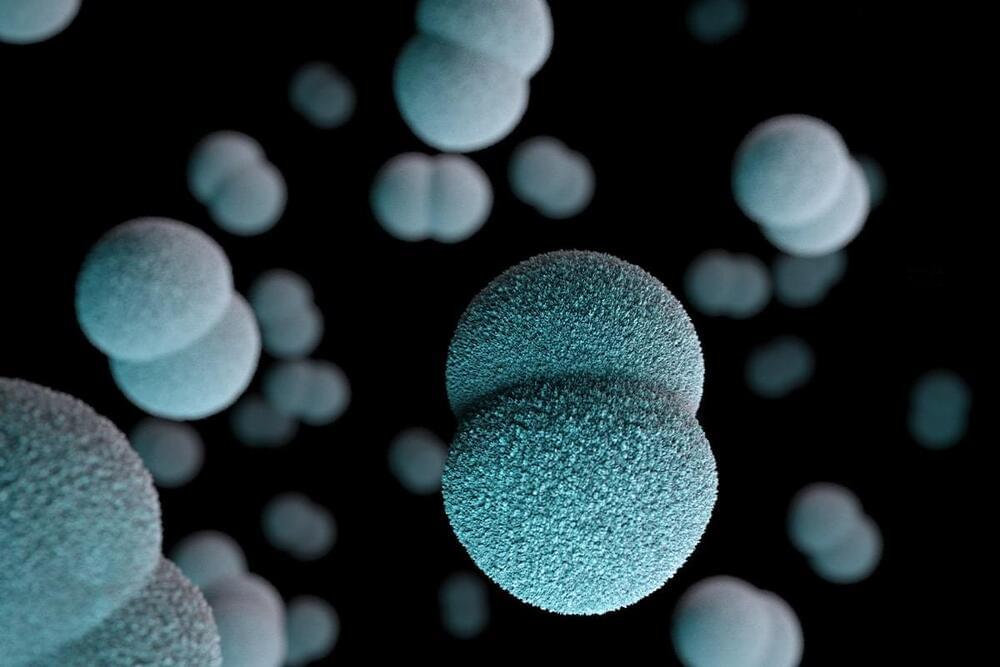When he’s not busy with his day job as professor of computer and automotive engineering at Weber State University, [John Kelly] is a prolific producer of educational videos. We found his video tracing out the 22+ meters of high voltage cabling in a Tesla Model S (below the break) quite interesting. [John] does warn that his videos are highly detailed and may not be for everyone:
This is not the Disney Channel. If you are looking to be entertained, this is not the channel for you.
We ignored the warning and jumped right in. The “high” voltages in the case of an electric vehicle (EV) like the Model S is approximately 400 volts. Briefly, external input via the charge connector can be single or three phase, 120 or 250 VAC, depending on your region and charging station. This get boosted to a nominal 400 VDC bus that is distributed around the various vehicle systems, including the motors and the battery pack.






